Brisbane-based visual artist and entrepreneur Jesse Irwin turns inspiring images of native Australian plants and animals into iconic objects with a message.
Art has the incredible ability to take the things we see in our day-to-day life and revive the magic that might be lost over time due to their familiarity. A bus, a train, or even a building can be absorbed into the blur of just another Wednesday. But take that same bus, train, or building and filter it through the artistic eye of Jesse Irwin (who can craft it into a snazzy pin you stick on your collar or bag) and suddenly you are reminded how cool and unique these objects can be.
That pin can become the conversation piece that unites two Australians living far from home who realize in that moment how awesome it is to share an appreciation for great design, unique accessories, and bin chickens.
Jesse Irwin’s art celebrates the beauty of many worlds existing just beneath the surface. Her love of nature, kitty cats, and human equality are the types of themes that collectors who inhabit those worlds are proud to display on a pin or a sticker. In an era where imagery is seemingly infinite and instantly 'grammable, there is something incredibly refreshing about a physical art object. They are necessary limited additions to the planet that spread joy and connect people.
I had the pleasure of speaking to Jesse about some of the challenges she faces as an artist trying to keep her small business growing in an era of pandemics and high shipping costs.
Sendle’s small biz quiz
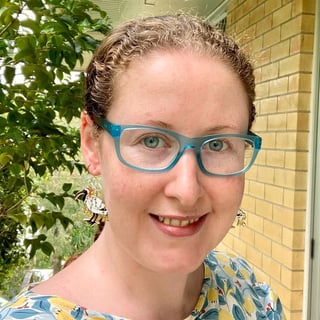
Jesse Irwin
What is your name, your title within your business, and your location?
My name is Jesse Irwin. I’m an artist for Jesse Irwin art and I’m located in Brisbane.
Describe your business in four words.
Aussie, native animals, and can I make it five because I have to have bin chicken?
What’s your origin story? How did you come to turn your love for art into a small business?
I was really into making art and drawing stuff as a teenager but when I moved to Brisbane for university I stopped doing all of that. A few years ago I started seeing people online making enamel pins and I thought, maybe I can do that. So I just sort of did it. And it turns out people wanted to buy them so I’ve kept on doing it and now I have almost 100 different designs.
What has the transition been like going from creating art on the page to developing physical objects to sell in the market space? Has it changed the way you do things?
With doing art and creating illustrations, there’s basically no limit to what you can create. When you’re creating a product, a physical item, or even making a pattern just to go on an item, there are physical limitations to what you can create. So if you’re making a pattern to be printed onto some fabric or clothing you have to have the right sort of color pallet. You have to pick between RGB and CMYK. You have to have the right DPI so it can be printed in the right sharpness and it’s not going to be all blurry and messed up. And if you’re making a physical thing like an enamel pin, there are even more limitations on you because of the requirements for the metal and the enamel. That means you have to have certain sizes of your gaps and sizes of your lines. Making your items too big means that they cost a lot. Even having too many colors means it will cost more.
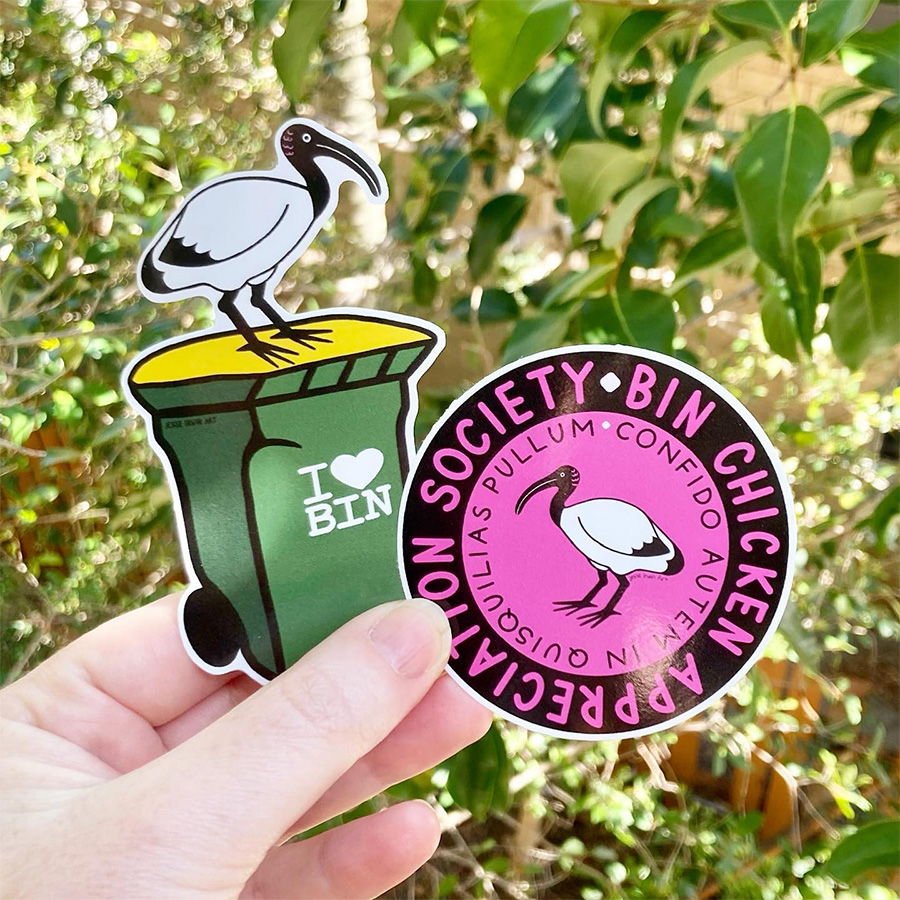
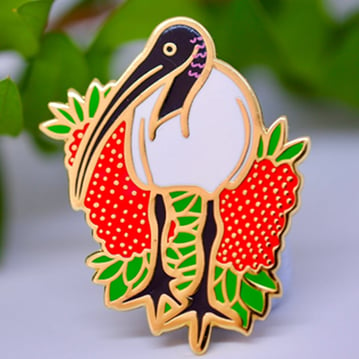
When you confront these new limitations do you find it stressful or has learning how to operate in a new space stretched your brain in a rewarding way?
I’ve found them really interesting to learn more about. When you learn different styles of art, you go from oils to watercolors to ceramics. Each one has a different set of rules and ways of working with the medium. And when you create digital designs to turn into products it’s just like learning the limitations of the medium.
So working with limitations and still finding a way to create something that comes close to how it exists in your mind is the name of the game in the arts?
Yeah. Being an artist is having infinite possibilities in your mind and using your medium to create as close to that as possible in the physical or digital realm. If you work in digital or animation you can do almost anything but if you work with ceramics you have to deal with the physical nature of working with clay, glazes, and the chemistry of it.
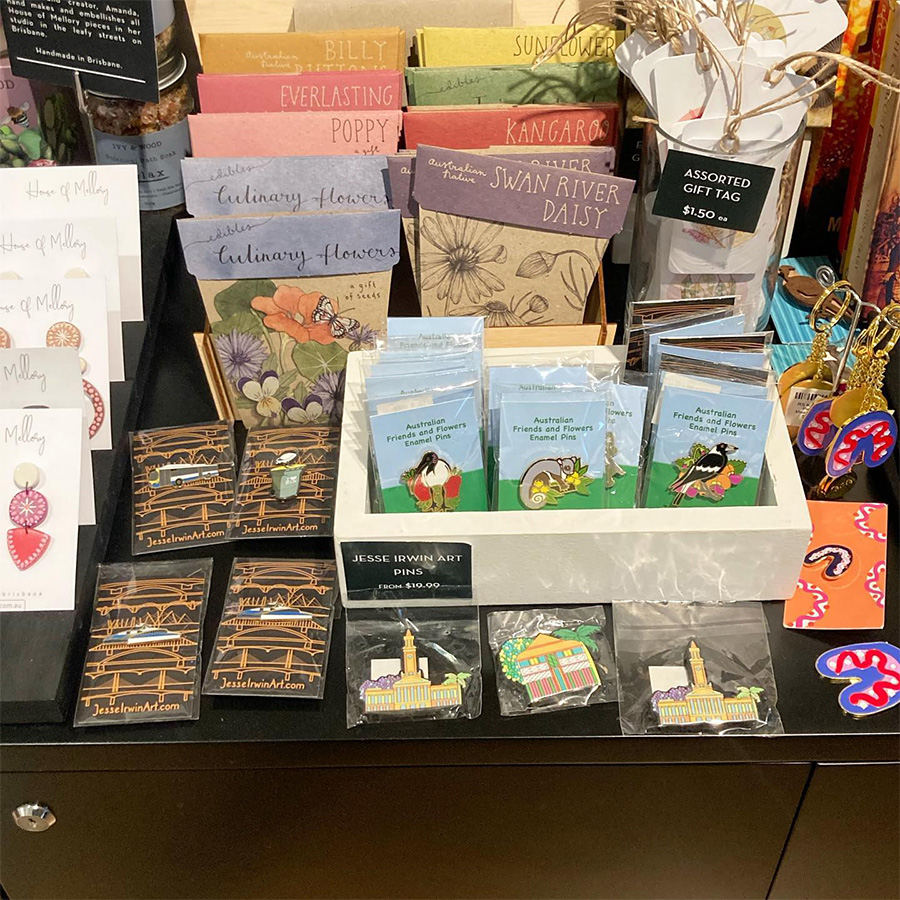
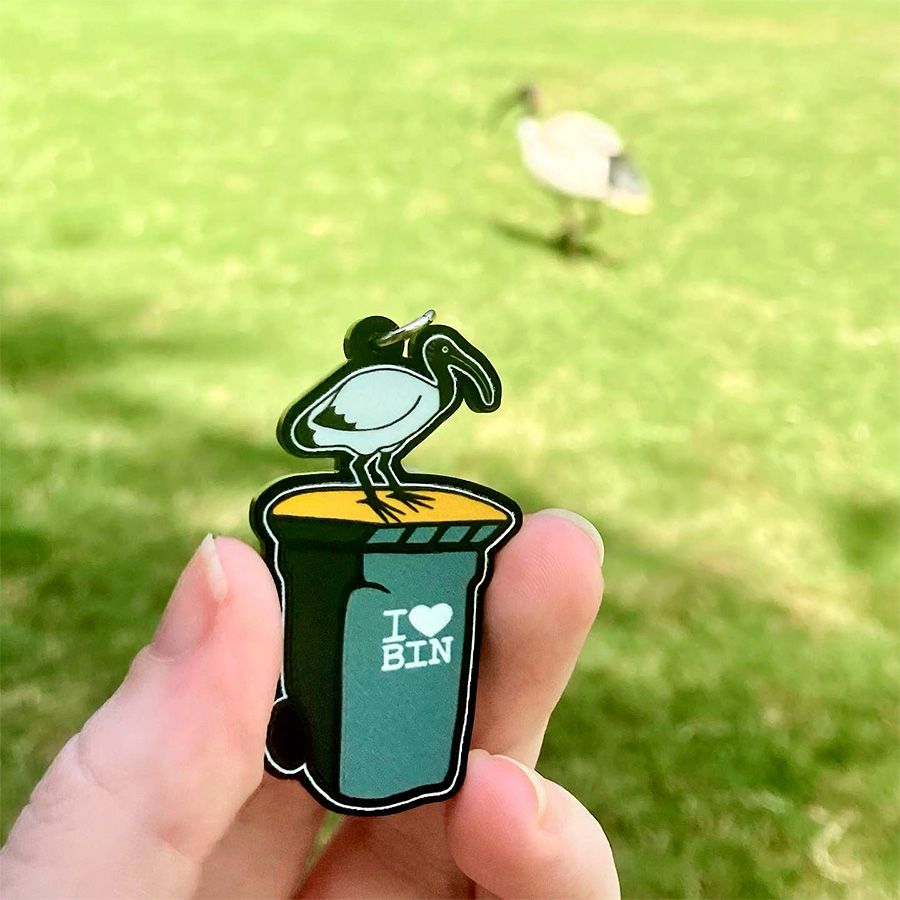
Working in the confines of a business to make things to sell is another form of limitation on your medium that you have to work with. If you’re just making art for yourself you can make anything. But if you’re making something that you want to try and get people to buy you have to figure out what people like and what you can make that will suit the things that they like.
What role has social media played in you developing your relationships with your customers?
Social media has played a massive role in my business and the development of my art. A big reason why I have done so many bin chicken products is because I got really positive feedback on Reddit. It was the same with my Brisbane public transport designs and the bridges and city hall. I’ve been doing a lot of Brisbane-themed designs because people on Reddit, Instagram, and Twitter react really positively to that.
For those who don’t know, what exactly is a bin chicken?
A bin chicken is an Australian Ibis. They’re called bin chickens because they have adapted to humans encroaching on their natural environment by moving into the cities and eating our garbage.
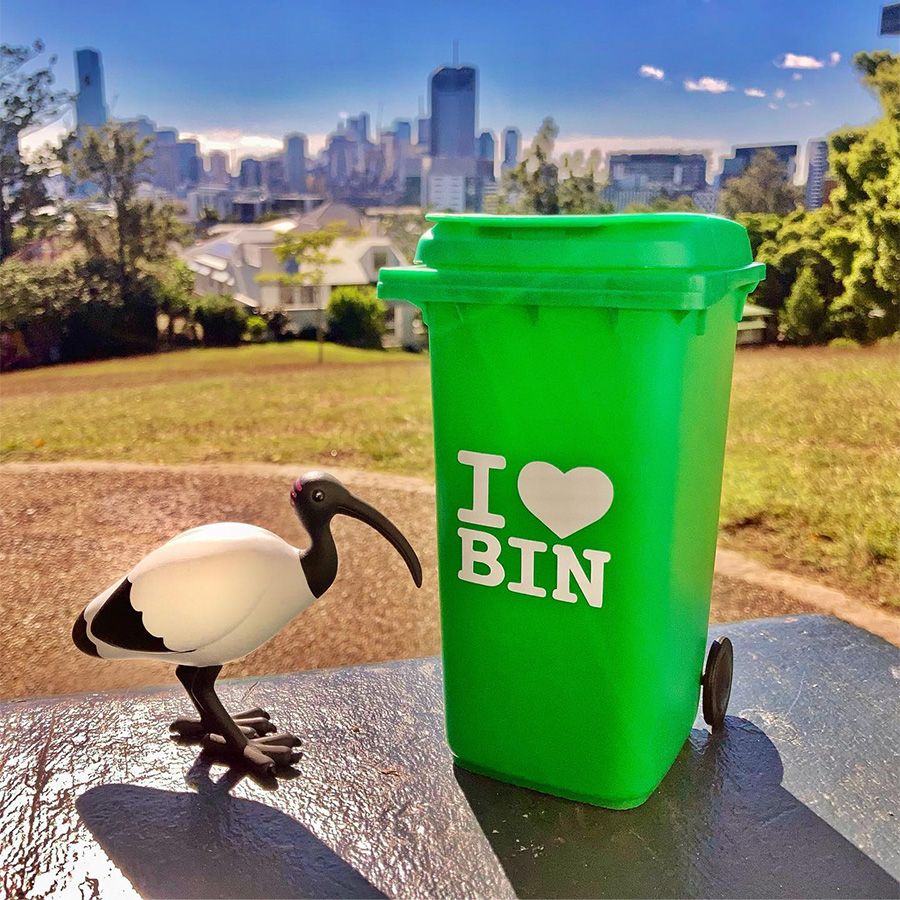
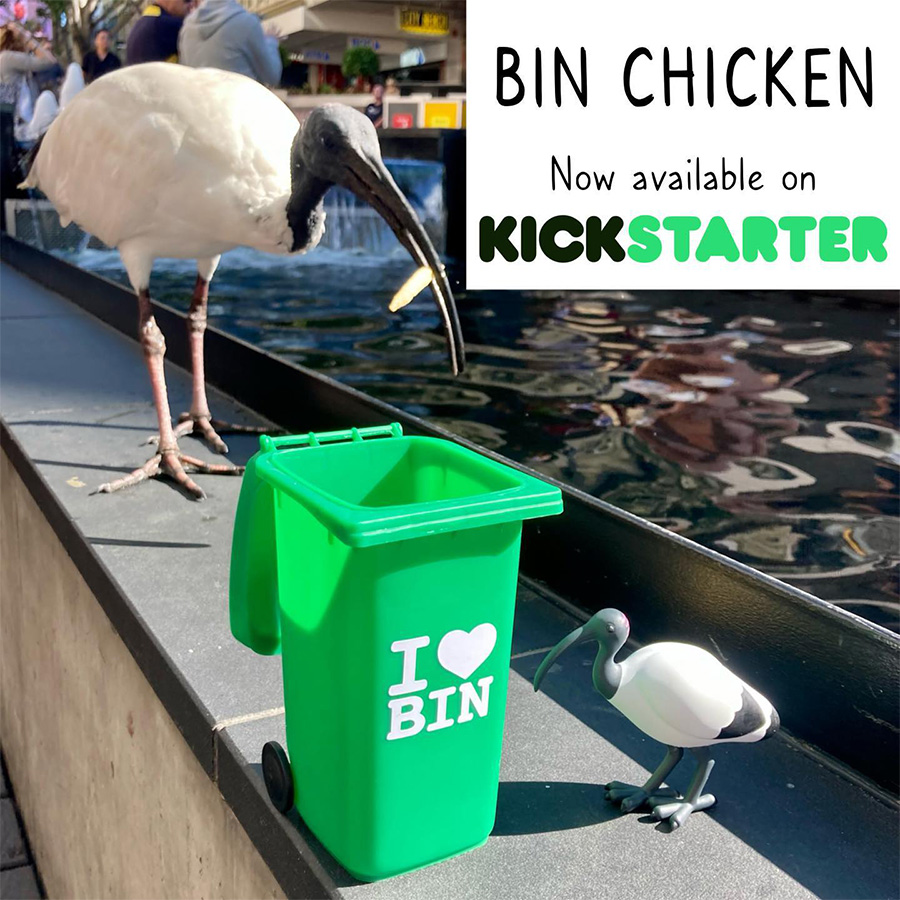
Have the positive reviews for the bin chicken designs been primarily from the local crowd or from your international audience?
It has definitely been international. A lot of the international response comes from Australians who have moved overseas and they want something that reminds them of home and is very Australian to them. They really identify with the bin chicken. This tough bird that’s going to be very tenacious and carry on no matter what happens.
How important has the influence of the natural world been on your artwork?
Working with designs of native Australian animals and plants is really enjoyable. I’ve enjoyed the chance to learn more about my subjects when I research them. I have my curlew bird pin and it’s paired with a native night jasmine flower because the curlew birds spend all night screaming.
Cats are another animal that feature heavily in your work. Why do you think cat art is so popular these days?
Most people like or are indifferent to cats. I love them. They’re really good companions once you understand them. I read something recently that I thought was quite accurate: cats are a lesson in consent. If you learn how your cat is talking to you and communicating you can reach a point where they want to be around you, spend time with you, and express their love for you. If you don’t take the time to understand them and listen to them then they can seem really stand-offish and cold. Staring at a cat is aggressive; if you slowly blink you’re saying, “let’s be friends.” If you get into cat pins and other art objects then you can enjoy beautiful cats and you don’t have to worry about getting scratched.
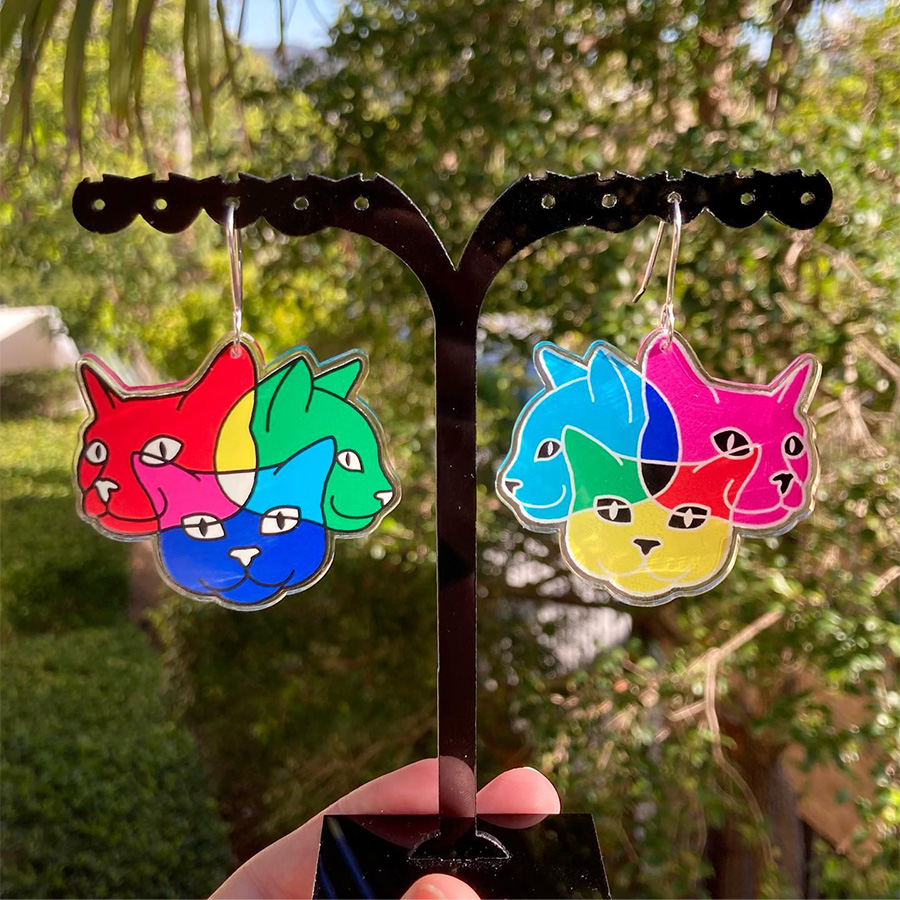
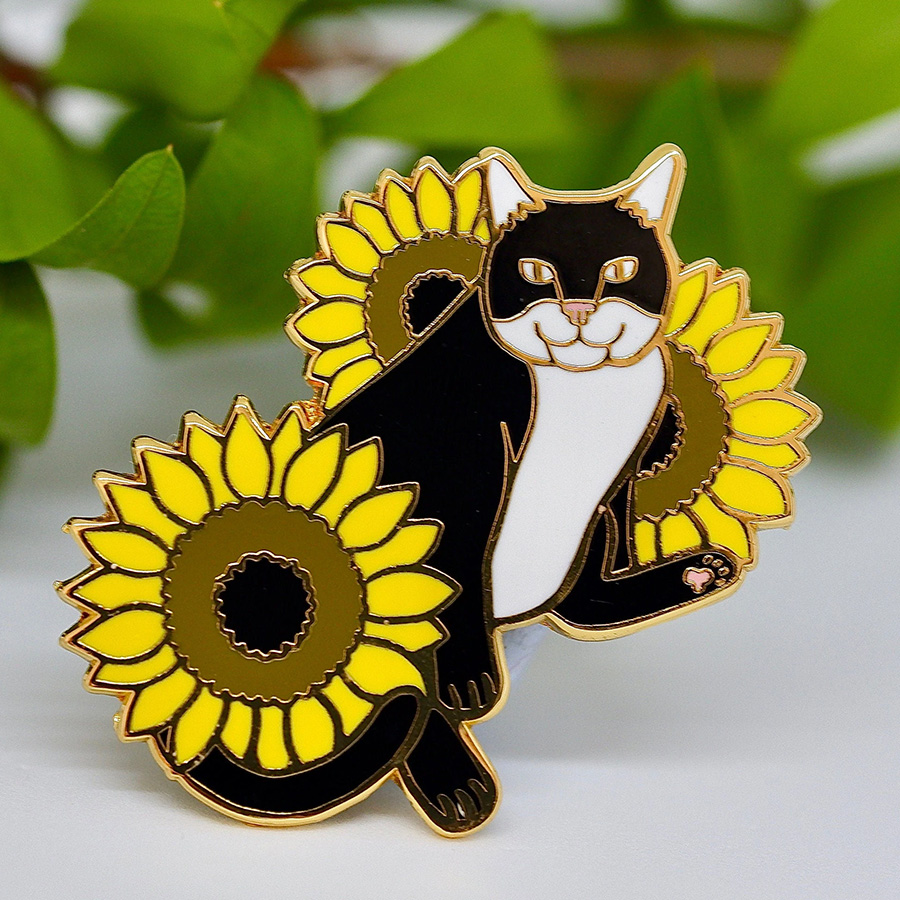
Being an artist with a disability is also something you confront directly with your work. You have a pin design that states, “I have an invisible disability,” which is referring to autism. Do you feel like your work as an artist is making the challenges surrounding autism more visible?
Yes. I definitely experience some challenges with my art working as a woman with autism that an artist without that disability might not face. I try and use it for good I guess. A lot of autistic people experience hyper-fixations where they latch onto a subject and want to research it and learn everything about it. At various points I’ve done that with different Australian animals. I’ve learned about cats and how to make enamel pins. I’ve built up a body of knowledge that I can use in my art.
What advice would you offer other visual artists who want to turn their passion into a small business?
I would recommend that they do some research before they start. They should look to other people who are working in a similar space and see what they are making. Try and figure out if what you want to make is as marketable as you might hope.
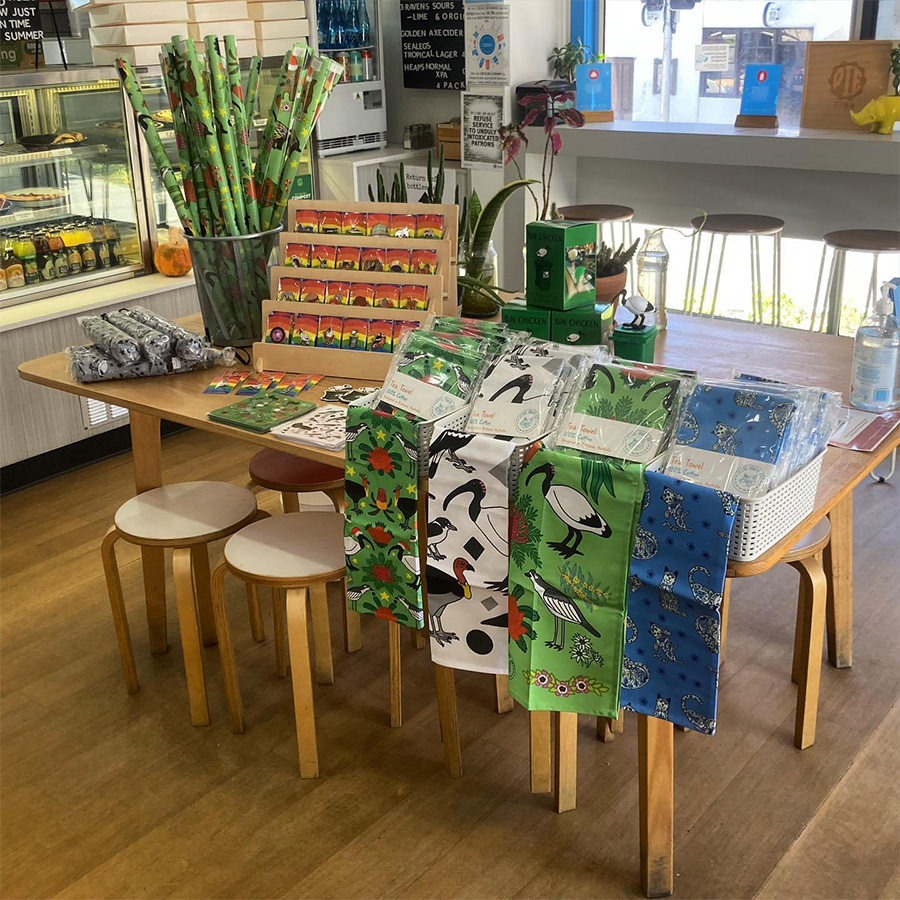
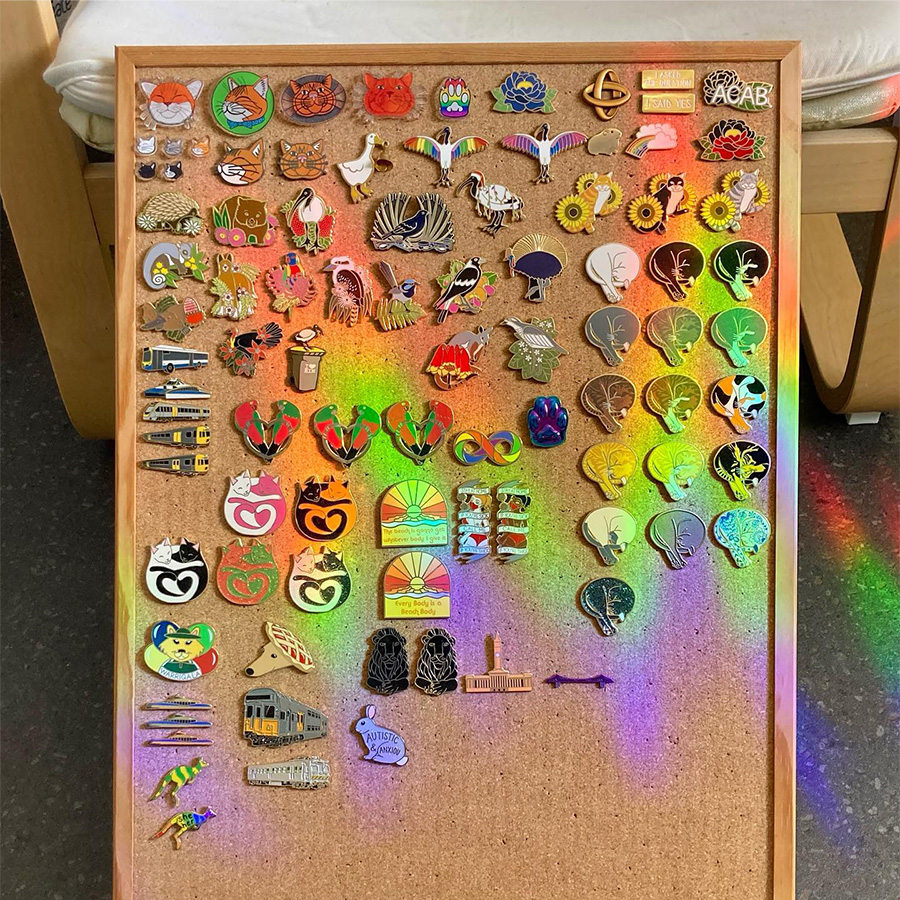
What are your long term goals for your business?
I really want to get into wholesaling. I want to have my products in shops and shelves across Australia, maybe internationally. I want people to see the name Jesse Irwin and go, “Ah, that’s the bin chicken lady.”
How has the pandemic changed your business practices?
Due to the pandemic Australia Post changed how they do postage. They got rid of cheap international postage entirely right at the start of the pandemic. So for the past couple of years I’ve only been able to ship overseas with very expensive shipping costs. Like $20 for one pin. That changed a lot of my focus to creating pins and Kickstarters and different products. I can’t just create something Americans will like; I have to try and focus on something that Australians will like because by default they are my biggest customer base.
How did you discover Sendle and what role does it play in your business?
I discovered Sendle from an ad on Instagram. When I was looking at different postage options Sendle came up and I decided to try it. I found it really useful and helpful to be able to pack up all my orders and get them picked up. That has been a great boon because even if I’m having a really tough mental health week, I don’t have to get up, get dressed, go out of the house, and actually go to the post office. I can just put it out my front door on the little Sendle shelf and somebody will come and get it.

Any last words of wisdom for the people of internet land?
I don’t think I’ve got a lot of wisdom, I’ve just got a lot of bin chickens.
For more information about Jesse Irwin’s art and her army of tenacious bin chickens, be sure to check out her website.
Photos courtesy: Jesse Irwin's Art

